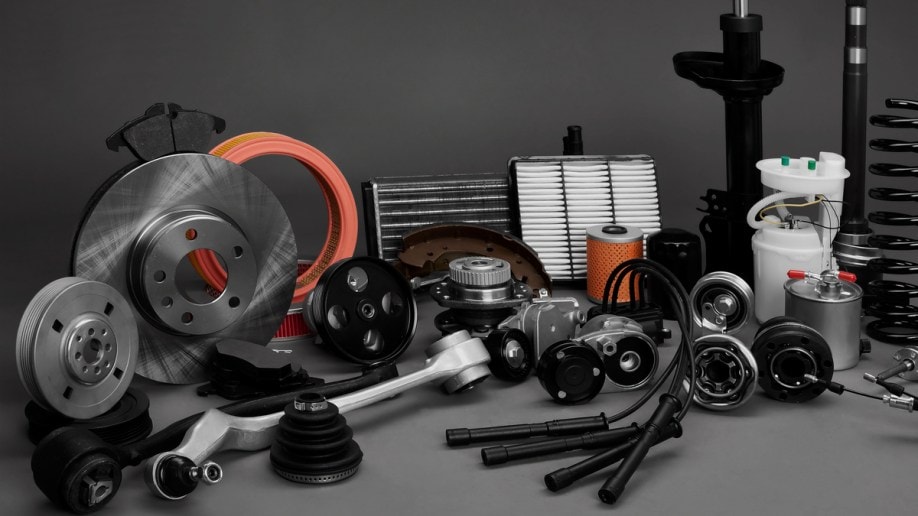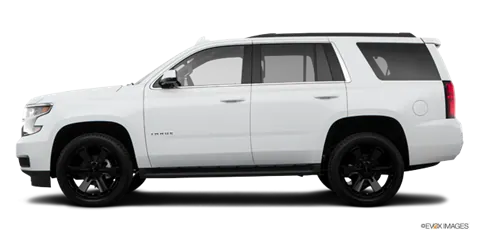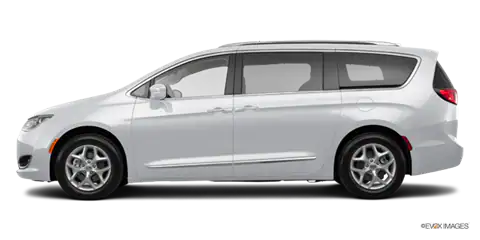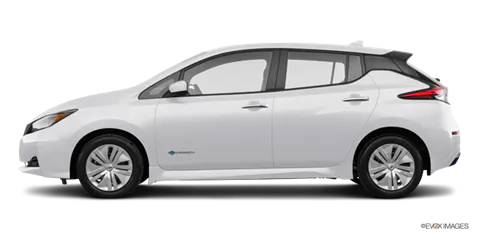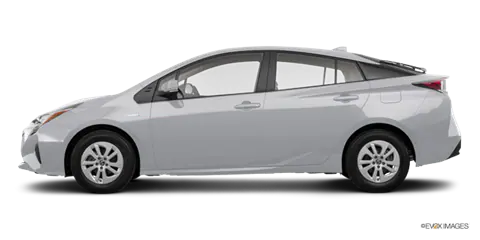Auto parts are the component elements and systems that make up a car. They range from the smallest fasteners to the largest body panels, from the engine to the seat springs. During the life of your vehicle, you will need to replace the tires, windshield wipers, brake pads, battery, spark plugs, and countless other auto parts.
When it’s time to replace an auto part, you will find them from one of two sources: the OEM, meaning original equipment manufacturer, or the aftermarket. OEM parts are components that the automaker, or a licensed provider, built for that particular model.
The term “aftermarket” means that the product you install in your vehicle is not part of the car’s original manufacturer specifications and is sourced from a third-party company. Some aftermarket auto parts, such as tires, lightbulbs, and filters, are billed as “universal,” so they are not made specific to any make or model. Many aftermarket parts exist as cost-saving competitors to OEM parts. Still, OEM auto parts are your best bet for replacement if you want to maintain the same performance from your car.
Beyond replacing stock auto parts, some consumers enjoy working on and customizing their vehicle’s performance. Many aftermarket companies specialize in producing performance parts. Examples of these aftermarket parts include wheels, tuning chips, and exhaust systems.
Using non-spec aftermarket auto parts on your vehicle could void its original warranty if the car remains under its protection. Carefully review the manufacturer’s warranty to determine if this is the case before making any modifications with aftermarket parts.
Furthermore, it is crucial to verify that any auto parts, OEM or aftermarket, you install on your vehicle fit its year, make, and model.
Lastly, ensure you do not violate local laws or regulations when installing aftermarket auto parts. For example, emissions laws vary from state to state. Never assume an aftermarket auto part is legal to install on your vehicle where you live.
